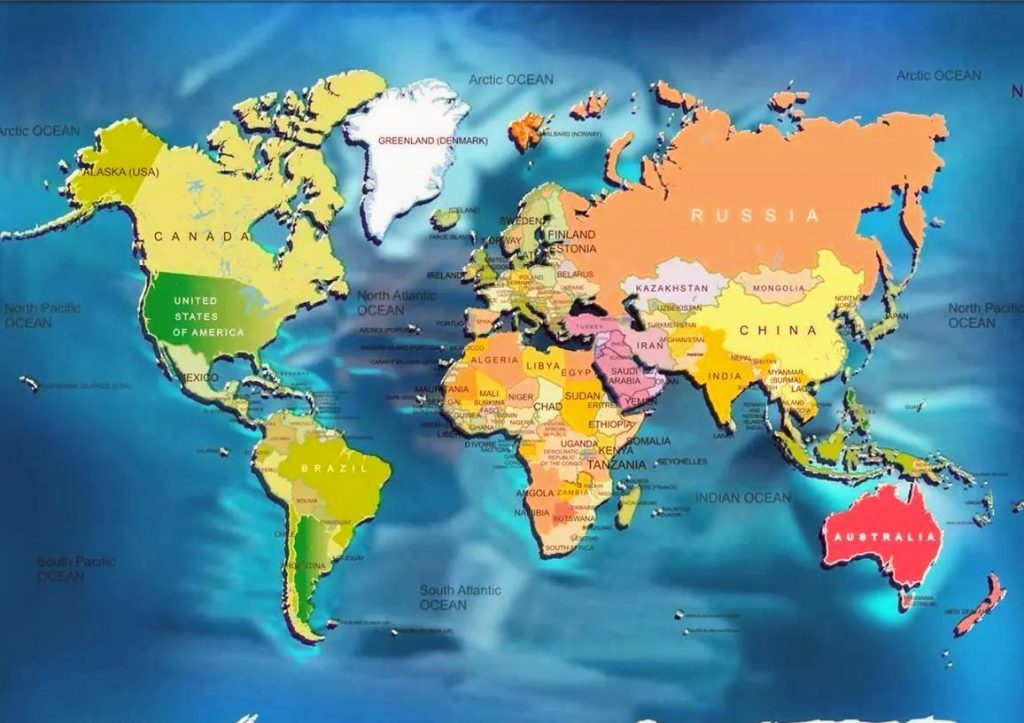Global tourism arrival increases by 16 percent
Posted on: October 9, 2024, by : uguru okorie
The global international arrival is up by more than 16 percent compared to 2023. This was disclosed by ForwardKeys, the leading travel intelligence firm and Knowledge Partner of the World Travel and Tourism Council (WTTC) announced at the just concluded Global Summit in Perth. The research company said the global tourism industry is roaring back to life in 2024, with international arrivals up by more than 16 percent compared to 2023.
This resurgence is largely fuelled by the Asia Pacific region, which is finally hitting its stride after a delayed post-pandemic reopening
While the region still lags pre-pandemic levels, the current pace of year-on-year growth signals continued recovery and highlights the pent-up demand for travel within APAC. This positive trend is set to continue through the end of the year, with double-digit growth in arrivals to China, Malaysia, Japan, Thailand and Indonesia fuelling a projected +19% overall increase. Meanwhile, Oceania sees a +10% upswing, with arrivals to New Zealand and Australia being key drivers.
Australia’s success story is particularly noteworthy, with a remarkable surge in arrivals from the US. In particular, bookings from US families (3-5 people) are up by more than 43 percent, a positive indicator for the Australian economy, as families tend to spend more during their trips. Continued growth from China, projected at more than 25 percent through the end of 2024, further strengthens this positive trajectory.
A key factor in Australia’s tourism boom is the significant expansion of air connectivity. Airlines have increased overall capacity on international routes into the country by more than 8 percent for the latter part of 2024 — with higher growth in capacity from regional hubs like Thailand, Japan, Hong Kong, Vietnam, China, and Singapore.
Australia’s tourism industry experiences a distinct seasonal ebb and flow. While the end-of-year holidays mark a peak period for travel, the southern hemisphere’s winter months see a significant dip in tourist activity. This pronounced seasonality contrasts sharply with destinations like Japan, which enjoys a more consistent flow of visitors throughout the year.
New Zealand, similar to Australia, experiences a pronounced peak season during the end-of-year holidays, but with an even sharper decline during its winter months, highlighting the challenges and opportunities presented by seasonal variations in tourism.
Olivier Ponti, Director of Intelligence and Marketing at ForwardKeys, commented, “Destinations like Australia and New Zealand, with a distinct peak season, face the challenge of balancing demand throughout the year. Effective data-driven strategies are crucial for mitigating the negative impacts of seasonal fluctuations, such as overcrowding during peak periods and under-utilised resources during the off-season. By diversifying source markets and promoting year-round attractions, destinations can ensure long-term, sustainable growth.”
Speaking at the global tourism body’s 24th Global Summit in Perth, Western Australia, WTTC President and CEO Julia Simpson said: “The region has an unparalleled opportunity to grow its Travel and Tourism sector in a way that not only drives economic growth but sets the standard for sustainability.
“This year, we expect Travel and Tourism’s contribution to the region’s economy to reach USD $3.22TN. By the end of this year, we also predict that almost 191MN people across the region will work in Travel and Tourism.”
